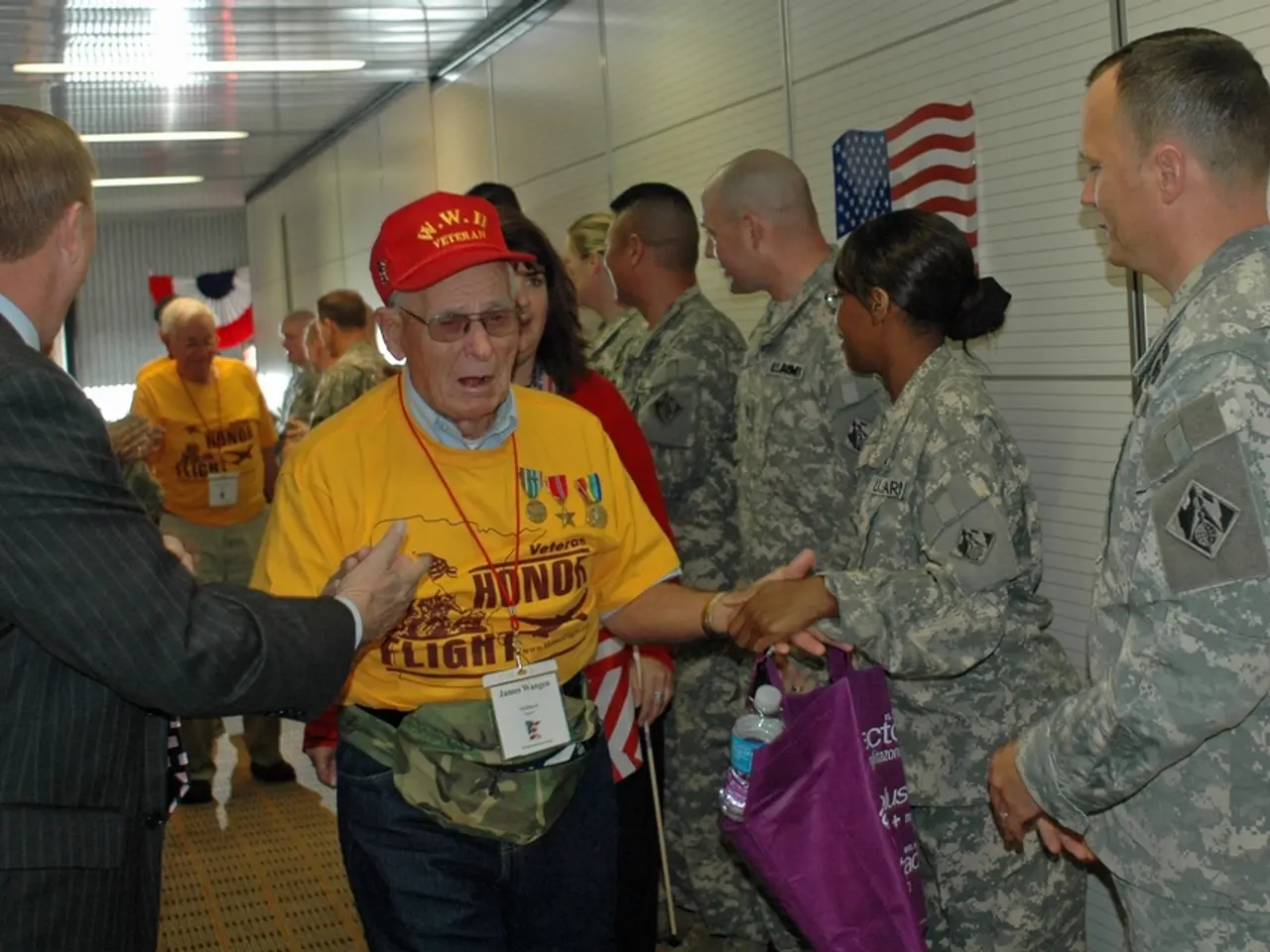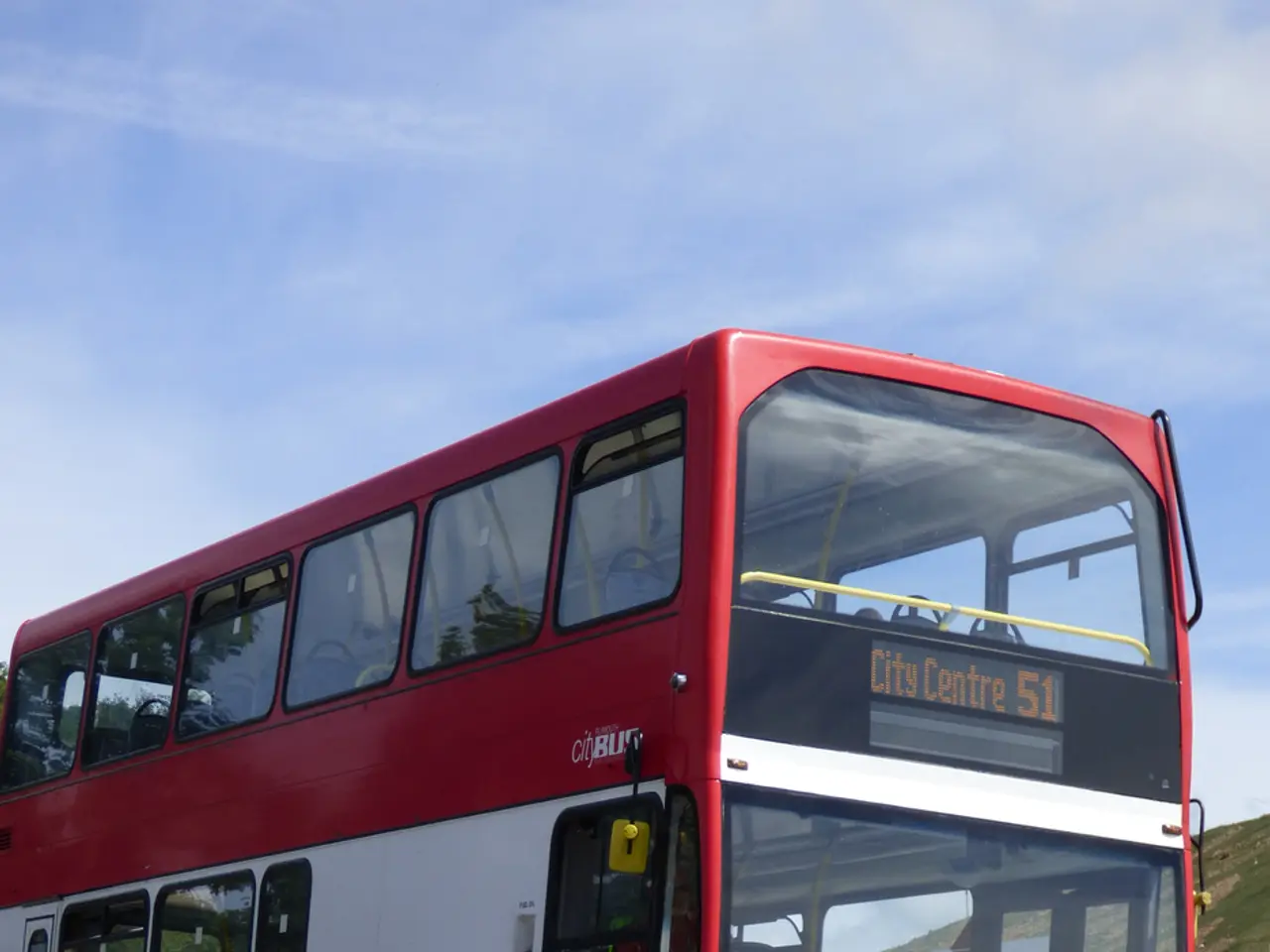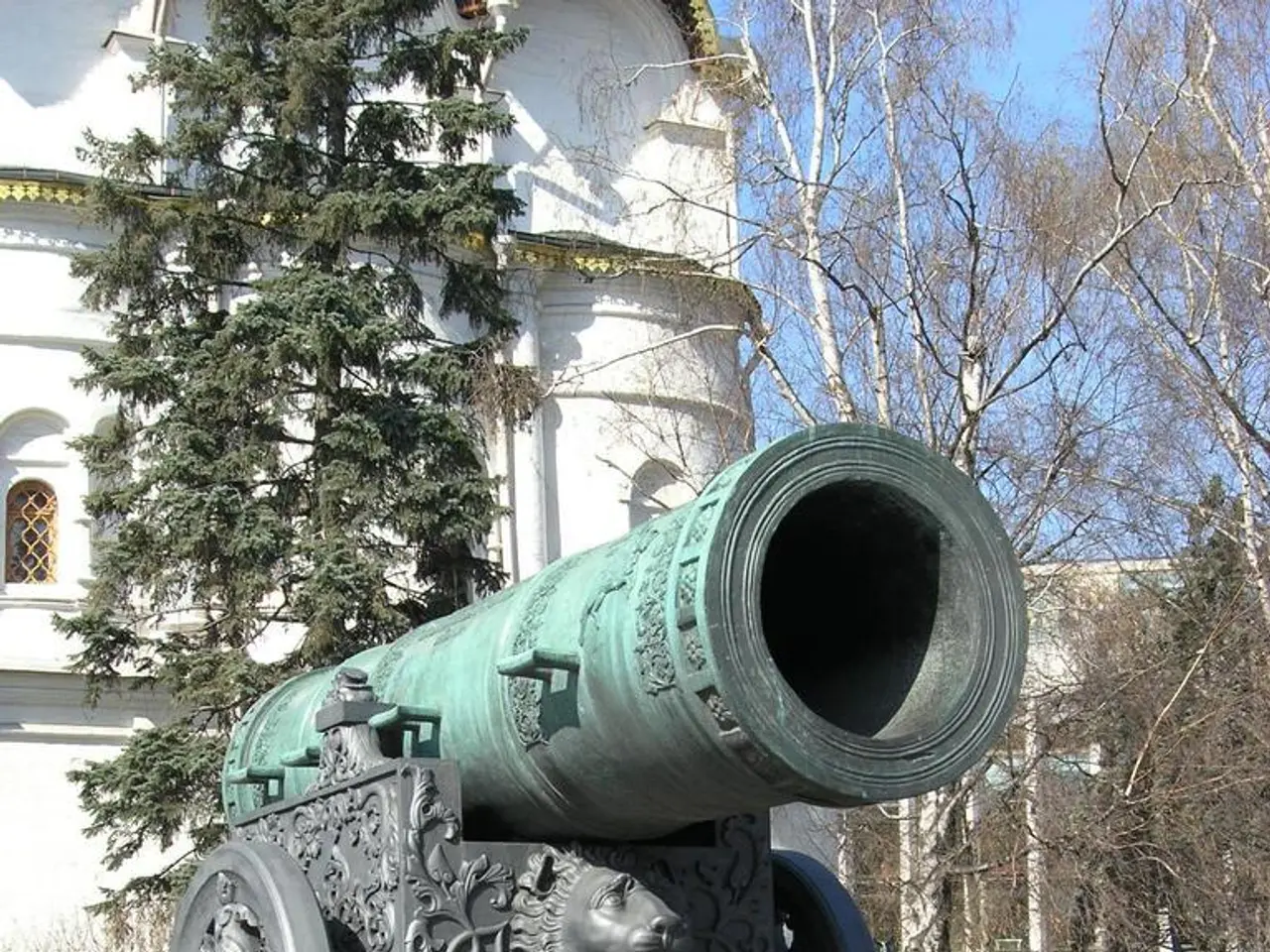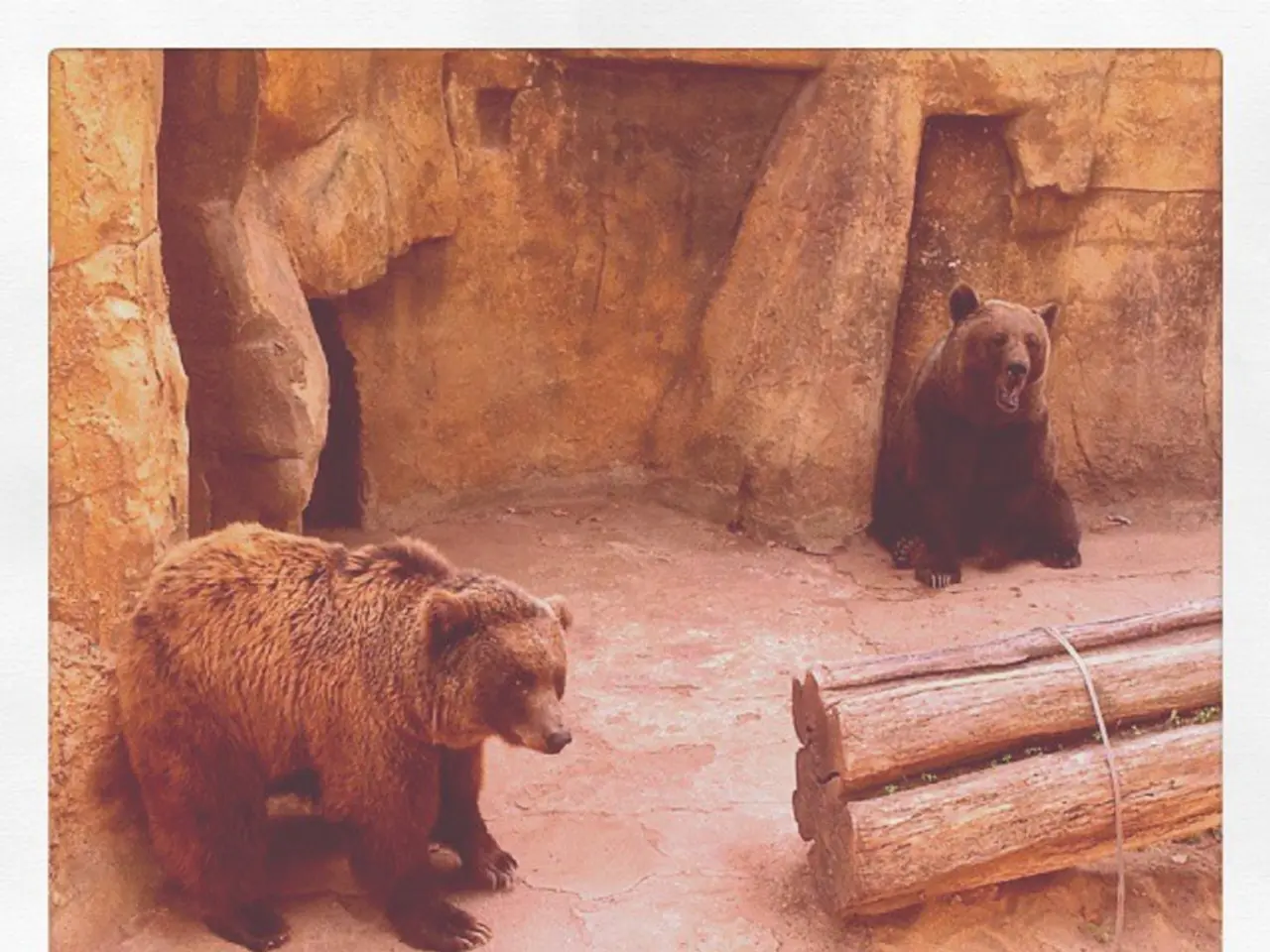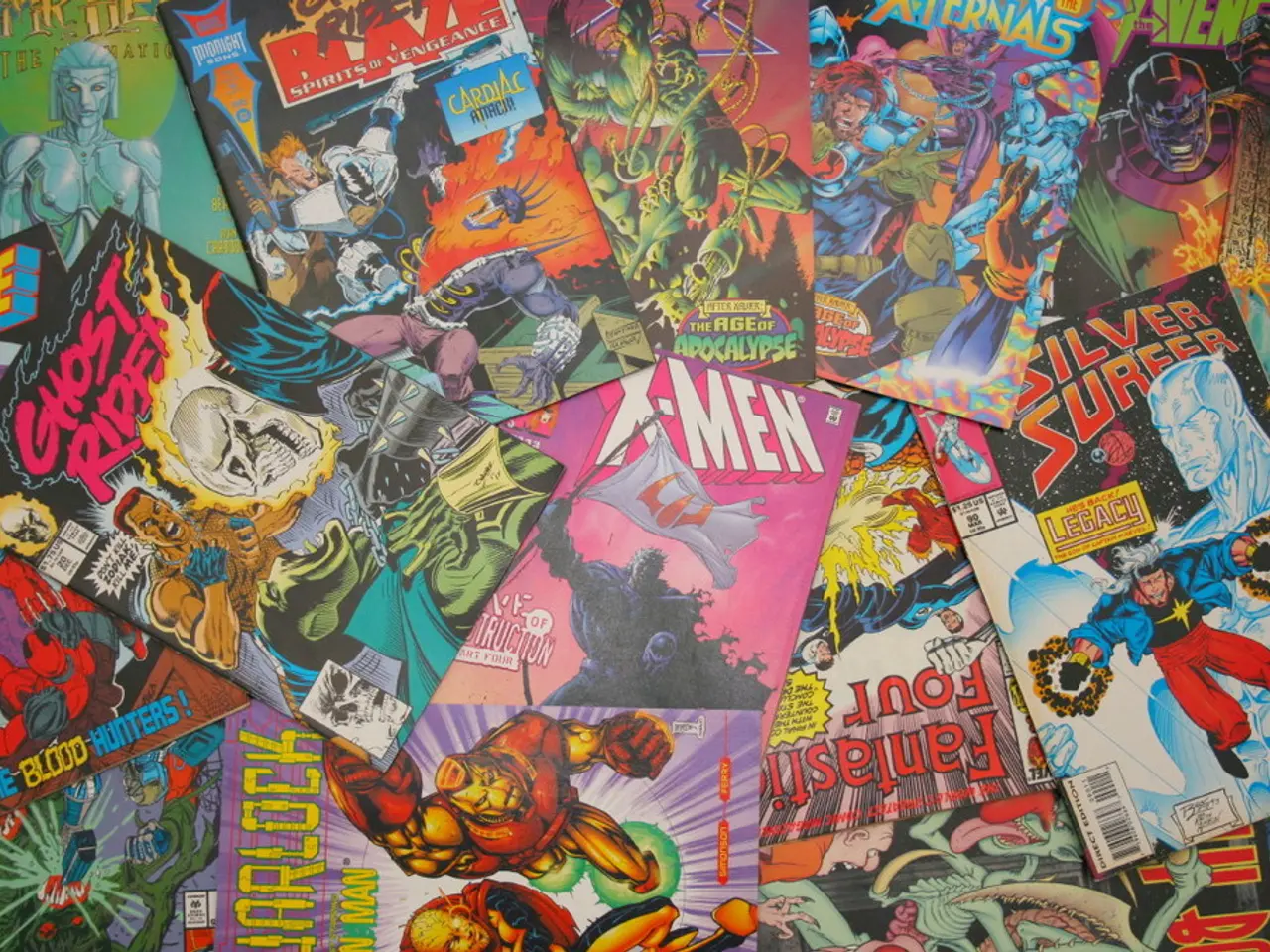California's governor orders the removal of National Guard from Los Angeles.
In the summer of 2025, Los Angeles found itself at the centre of a political storm when former President Donald Trump deployed National Guard troops to the city. The deployment, which was legally authorized under federal authority, was met with strong opposition from California Governor Gavin Newsom, leading to significant tensions between the two leaders.
Initially, Governor Newsom had demanded the deployment of National Guard troops to Los Angeles to address the escalating protests against Immigration and Customs Enforcement (ICE) raids. However, his stance changed when Trump interfered, deploying about 4,000 California National Guard members under federal control (Title 10 status) to respond to protests and protect federal property.
Governor Newsom denounced the federal deployment as unnecessary, disruptive, and a form of federal overreach. He accused the Trump administration of treating the Guard as "political pawns" and called the militarization of Los Angeles “dangerous” and "unlawful," urging the immediate withdrawal of all troops. Newsom also accused the federal government of racial profiling tied to concurrent ICE raids and claimed the deployment caused fear and economic harm in immigrant-heavy communities.
The legal basis for Trump’s deployment comes from federal authority to federalize National Guard forces under Title 10, which allows the President to deploy them independently of state governors in certain circumstances. However, this move was unusual and fueled a public dispute between the federal government and California state officials, highlighting broader political tensions.
As of late July 2025, the majority of federally controlled National Guard troops in Los Angeles have been released, ending most of the deployment. However, tensions between Newsom and Trump over this issue remain emblematic of wider political conflicts between state and federal leadership.
The protests themselves were marked by instances of violence, with police reporting that some protesters threw concrete, bottles, and other objects at police. An officer was injured during the protests in Paramount, leading to the FBI offering a $50,000 reward for information on the person throwing rocks at police cars.
Los Angeles Mayor Karen Bass accused the Trump administration of escalating tensions, while Trump called protesters in Los Angeles "brutal, riot-inciting mobs" and ordered his ministers to take all necessary measures to stop the "riots." Bass condemned protesters who resorted to violence, but stated she didn't want people to descend into chaos.
In a statement on social media platform X (formerly Twitter), Governor Newsom accused Trump of acting like a dictator. The White House responded by saying "Everyone saw the chaos, violence, and lawlessness." Trump threatened to use force against protesters who spit at police or National Guard soldiers, stating "They spit, and we hit."
Despite the turbulent situation, technology giant Alphabet's Waymo self-driving cars were not immune to the unrest, with several vehicles set on fire in downtown Los Angeles during the protests.
As the city moves forward, the impacts of this controversial deployment will continue to be felt, with the political tensions between Newsom and Trump serving as a reminder of the complexities of federal-state relations in times of crisis.
- The controversy surrounding the deployment of National Guard troops in Los Angeles, initially requested by Governor Newsom to address protests against ICE raids, escalated into a war-and-conflicts-style tense political standoff when former President Trump deployed about 4,000 California National Guard members under federal control.
- The general-news, crime-and-justice scenario was further complicated as protests in Los Angeles were marked by instances of violence, leading to charges of racial profiling, economic harm, and federal overreach in immigrant-heavy communities, while concurrent ICE raids and the FBI's $50,000 reward for information on individuals who threw objects at police added to the general unrest.
